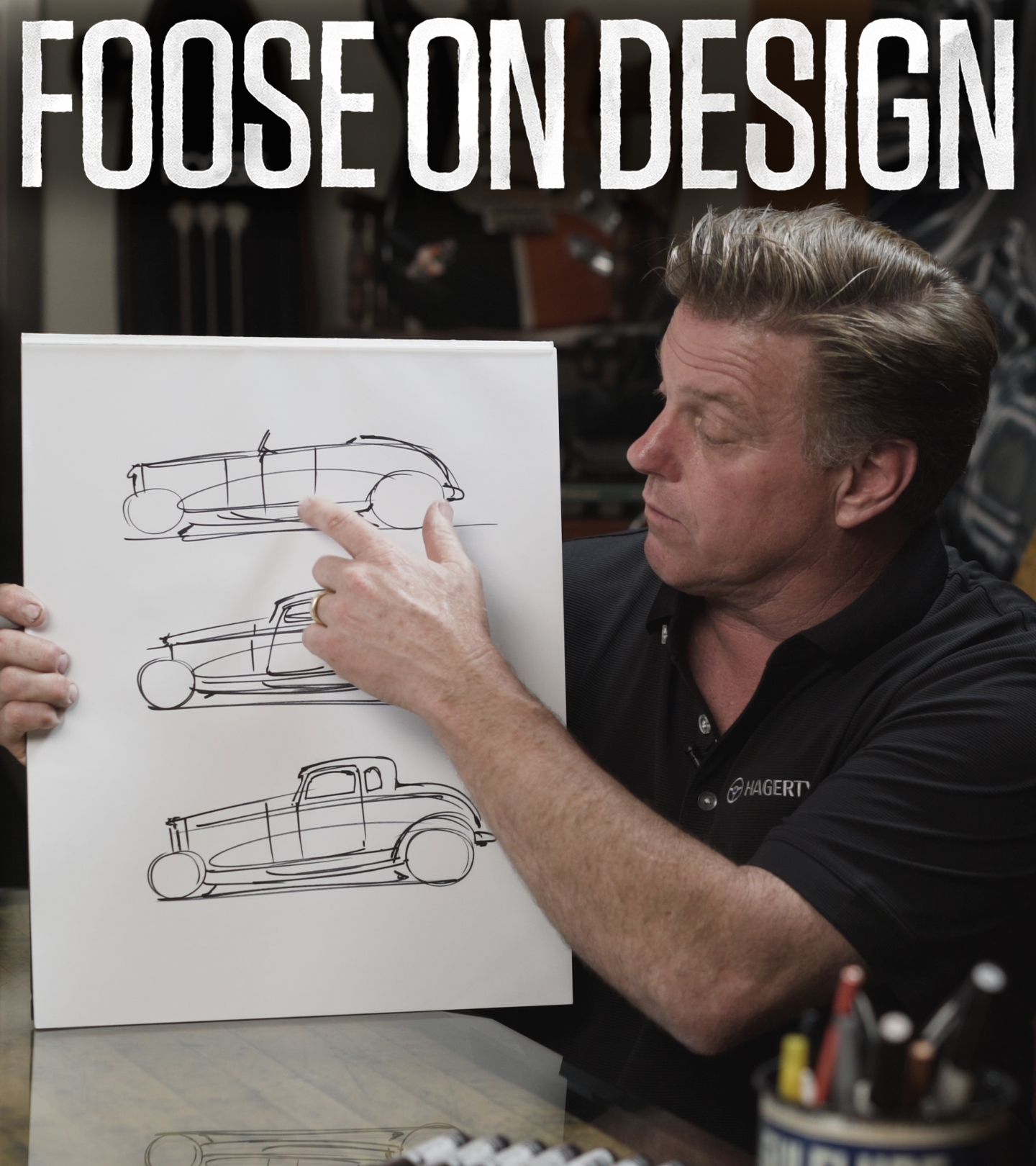- Chapters
- descriptions off, selected
- captions settings, opens captions settings dialog
- captions off, selected
This is a modal window.
undefined
Beginning of dialog window. Escape will cancel and close the window.
End of dialog window.
This is a modal window. This modal can be closed by pressing the Escape key or activating the close button.
Why Does This V10 Sound So Good? Lamborghini Huracán Tecnica Review | Henry Catchpole - The Driver’s Seat - Hagerty Media
The Lamborghini Huracan is a bit of a dinosaur now, right? And the Tecnica is just an exercise in clinging on, trying to generate a few more sales in the twilight of the model’s life while a replacement is developed. It’s surely got its work cut out against much newer competitors like the McLaren Artura and Ferrari 296 GTB. That’s one perspective.
But the other way of looking at the Tecnica, is that it embodies the Huracan recipe finely, finally honed. After all these years the baby Lamborghini with the V10 has, at last, had all the kinks ironed out. It sort of felt that way with the STO, but this takes nearly all the best bits of that extreme, expensive halo model and puts them into a more usable package. The end result is a supercar that feels sensationally exciting but also remarkably drivable and fun.
Its longevity also means that the Huracan bucks the current trend for turbos. The 5.2-litre V10 is naturally aspirated and although that can sometimes be seen as out of date as the manual gearbox, Henry Catchpole believes that it shouldn’t be dismissed. Particularly where performance cars are concerned (we’re not about to wax lyrical about a 1.9-litre non-turbo diesel).
In this film, we look at the reasons why NA still rules OK. Sound is clearly a benefit, but just why do naturally aspirated engines sound more musical than turbocharged ones? Then there is drivability; Turbos rule the roost when it comes to efficiency and producing power, but there are still NA traits that snails are continually striving to match.
Throw in some chat about hertz (not the rental car company) and a particular type of French pâté and you have yourselves an episode of The Driver’s Seat. We hope you enjoy it, let us know in the comments down below how you feel about naturally aspirated engines and what you love about them.
In collaboration with Mobil 1.
- 1
- /
- 3
Next episodes
You may also like










